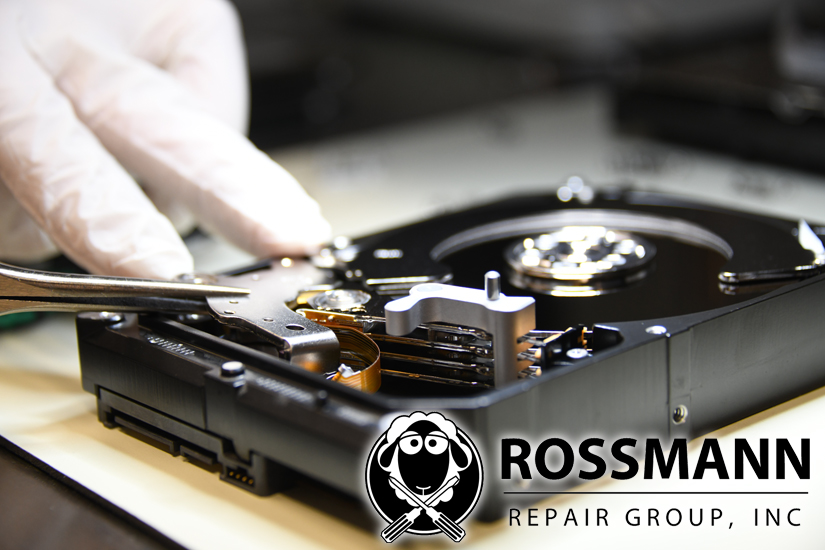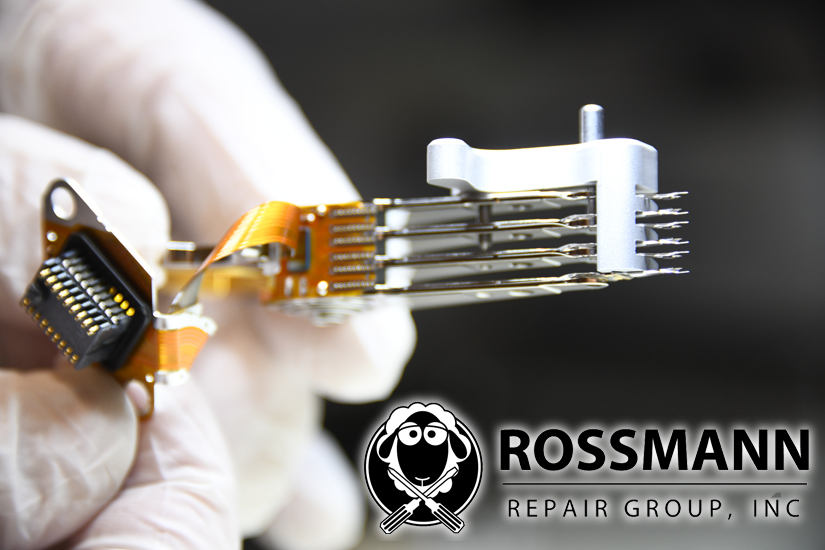What is hard drive recovery process?
The hard drive recovery process depends on the fault that the drive has.
In the case of a faulty head, the drive is dismantled inside a cleanroom. A donor drive which is the exact same model is also dismantled. The head is taken out of the faulty drive and put to one side. The donor drive is then used for a working head and is then put into the faulty drive. Once this is done, the drive is then re-assembled and connected to a computer. Software such as PC3K is used in order to make sure the drive is shown correctly, and is running the correct firmware, and also to make sure that the heads are functioning as intended. Once the necessary precautions have taken place, the drive is then set to clone onto a new drive. We end up with a near 100% clone of your old drive and your data is therefore successfully recovered.
In the event of a water damaged drive, we inspect the damage. Any problems with the board located on the back of the hard drive are inspected and fixed correspondingly – we then move onto the hard drive data recovery process. It follows a similar process as the faulty head; the drive will now be inspected to make sure all the heads function as intended, and it will then move onto the cloning process.

Once the cloning process has finished, your data should be successfully recovered. In some extreme cases on a larger terabyte hard drive, it may take up to 12 hours to clone the data.
Look at the hard drive recovery process below!




Top Reasons To Have Your Repairs Done By Us

We stock our parts, so that means that you save time.
Our pricing is fair.
We use grade A+ parts.
We can repair motherboard component level issues.
We Can Fix Your Problem


Address
Austin, TX 78705
(347) 552-2258
OPENING HOURS
Monday-Friday – 11 AM to 7 PM
